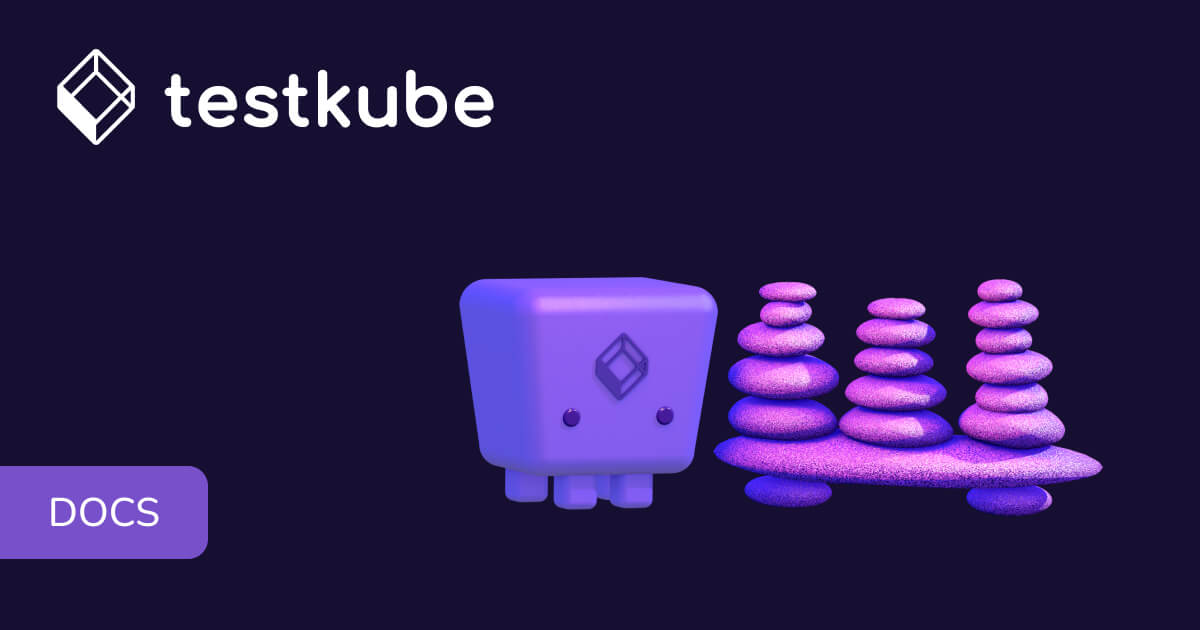Table of Contents
What Does Annotation Mean?
Annotations in Kubernetes are key–value pairs of metadata attached to objects such as Pods, Deployments, and Services. Unlike labels, which are used for grouping and selecting resources, annotations are designed to store additional descriptive information. They do not affect how the object functions, but they help tools and automation systems attach context and configuration data.
With Testkube, annotations may be used to store test configuration, execution tracking, or integration details directly on Kubernetes resources.
Why It Matters
Modern DevOps and QA teams face challenges such as:
- Keeping test configurations organized across large Kubernetes clusters.
- Tracking execution history and metadata for thousands of test runs.
- Integrating test results and workflows with CI/CD tools.
- Managing debugging context without bloating logs or dashboards.
Annotations provide a flexible way to solve these problems by attaching metadata directly to the Kubernetes objects running tests. This makes tests traceable, debuggable, and easier to manage at scale.
Real-World Example
A QA engineer runs a set of checkout API tests inside Kubernetes. The Pod running the tests includes annotations like:
annotations:
testkube.io/test-name: "checkout-api-tests"
testkube.io/execution-id: "12345"
This makes it easy to:
- Identify which test was executed.
- Trace logs and results to the correct run.
- Integrate with CI/CD pipelines by using the execution ID.
Another developer debugging a flaky test can rely on annotations to quickly retrieve context about the configuration and environment used during execution.
How Annotations Work with Testkube
Testkube uses annotations to enhance the testing lifecycle inside Kubernetes by:
- Storing Configuration – test parameters, runtime options, or workflow settings.
- Tracking Executions – mapping execution IDs and metadata to specific Pods.
- Enabling Integrations – passing metadata into CI/CD systems or external dashboards.
- Supporting Debugging – attaching failure summaries or contextual data directly to resources.
This ensures test runs are fully traceable and seamlessly integrated across cloud-native workflows.



